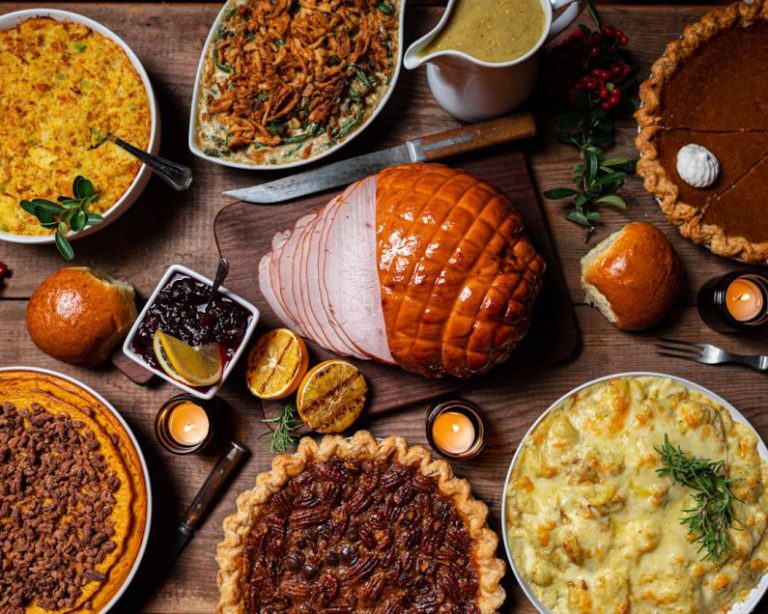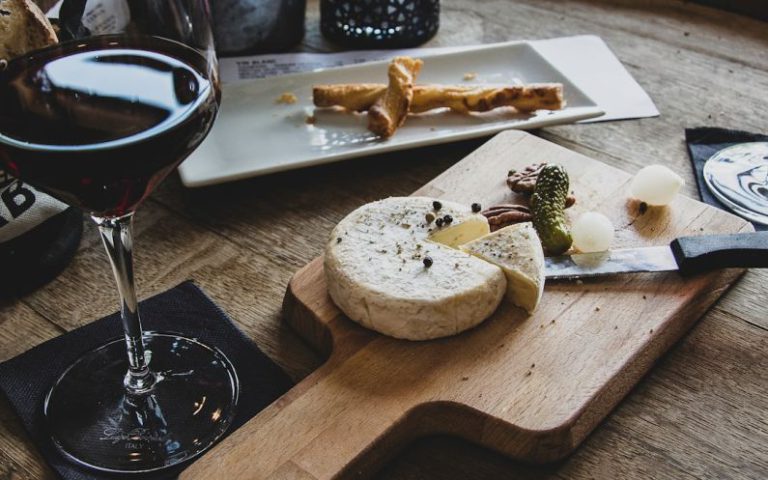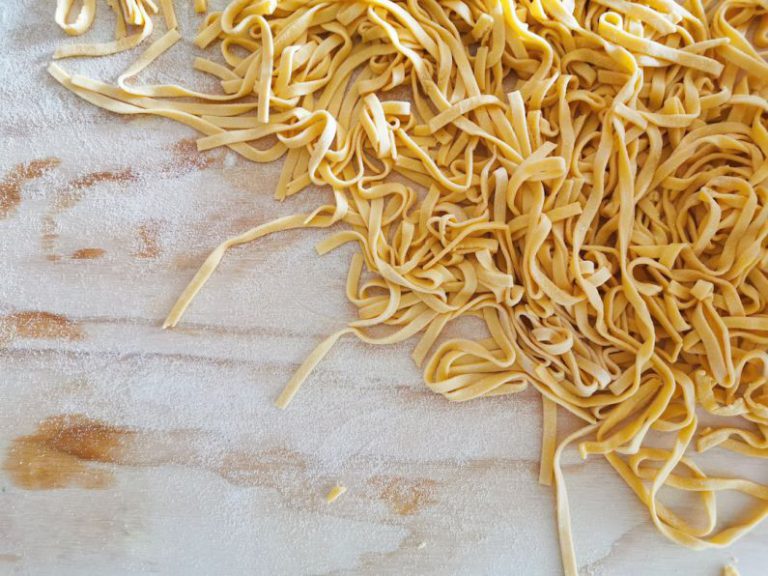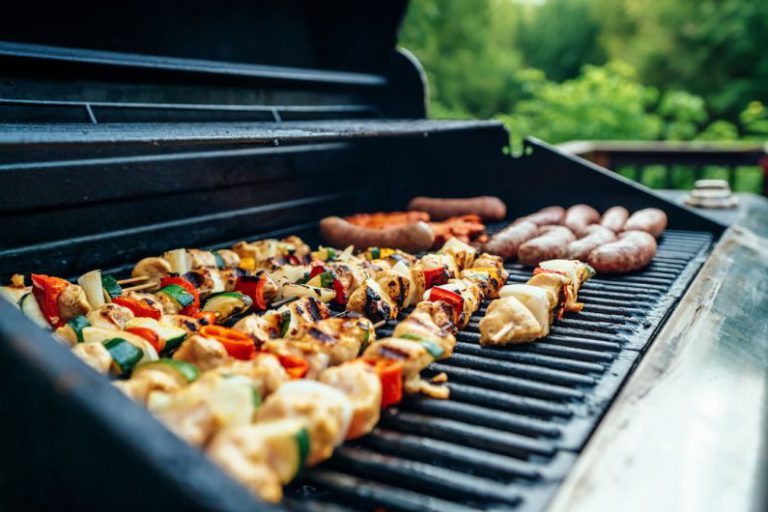How to Make Your Own Sourdough Starter?
Are you looking to embark on a sourdough baking journey but unsure where to begin? Crafting your own sourdough starter is the first step towards creating delicious, homemade bread with a unique tangy flavor. While it may seem intimidating at first, making your own sourdough starter is a straightforward process that requires just a few simple ingredients and some patience. In this guide, we will walk you through the steps of creating your own sourdough starter from scratch.
Getting Started with Sourdough Starter
Before you begin the process of making your sourdough starter, it’s essential to understand what a sourdough starter actually is. A sourdough starter is a mixture of flour and water that has been fermented by wild yeast and beneficial bacteria. This fermentation process is what gives sourdough bread its distinctive flavor and texture.
Choosing the Right Flour
The first step in creating your sourdough starter is choosing the right type of flour. While you can use all-purpose flour, many bakers prefer to use whole wheat flour or rye flour for their starters. These flours contain more natural yeasts and bacteria, which can help kickstart the fermentation process.
Mixing the Ingredients
To begin your sourdough starter, mix equal parts flour and water in a clean glass or plastic container. For example, you can start with 100 grams of flour and 100 grams of water. Stir the mixture until well combined, cover the container loosely with a clean cloth or plastic wrap, and let it sit at room temperature.
Feeding Your Starter
Over the next several days, you will need to feed your sourdough starter to keep the fermentation process going. To feed your starter, discard half of the mixture and then add equal parts flour and water. For example, if you started with 100 grams of flour and 100 grams of water, discard 100 grams of the mixture and then add 100 grams of flour and 100 grams of water. Stir the mixture well and cover it again.
Maintaining Your Starter
As your sourdough starter continues to ferment, you may notice that it becomes bubbly and starts to rise. This is a sign that the wild yeast and bacteria are active and healthy. Continue to feed your starter daily, discarding half of the mixture each time, until it is ready to use.
Using Your Starter
After about a week of feeding your sourdough starter, it should be ready to use in your bread recipes. To test if your starter is active, drop a small amount into a bowl of water – if it floats, it’s ready to use. You can now use your sourdough starter to bake delicious bread, pancakes, waffles, and more.
Troubleshooting Your Starter
If your sourdough starter isn’t rising or developing bubbles, don’t panic. It may just need more time to ferment. Try feeding it twice a day, using warmer water, or switching to a different type of flour. If all else fails, you can try starting over with a new batch of flour and water.
Enjoying the Fruits of Your Labor
Congratulations! You have successfully created your sourdough starter from scratch. With your starter ready to use, you can now experiment with different sourdough recipes and enjoy the satisfaction of baking your bread from start to finish. So roll up your sleeves, preheat that oven, and get ready to indulge in the delicious world of homemade sourdough baking.






